The 10 Longest Rivers in the World: Nature’s Great Arteries
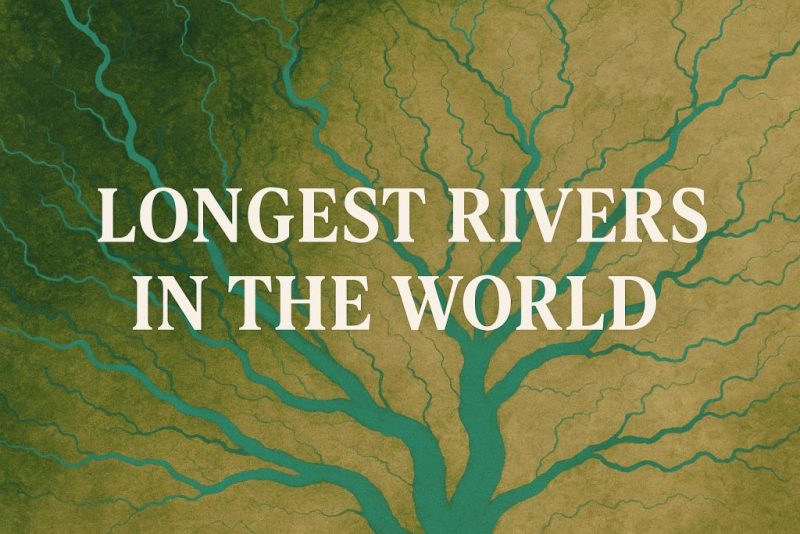
Discover the 10 longest rivers on Earth — epic waterways that have shaped continents, cultures, and the wild beauty of our planet.
When you trace the veins of the Earth, you find rivers — powerful, sprawling lifelines that have shaped civilizations, carved valleys and canyons, flood and reshape the landscape and whispered ancient secrets into the land. Some rivers are gentle murmurs; others, roaring forces that thunder toward the sea.
Today, we follow the 10 longest rivers in the world, each one a marvel of endurance, mystery, and breathtaking beauty.
Curious about the other extreme? Explore the shortest rivers on Earth too.
How Do We Measure the Longest Rivers in the World?
Defining the longest river might sound simple — just measure from source to mouth, right? But in reality, it’s a watery puzzle more complex than it seems.
Rivers are natural streams of flowing water, confined within streambeds and flanked by defined banks. The world’s longest rivers typically span massive geographic distances, winding through diverse landscapes and collecting water from an intricate network of tributaries — all part of expansive river systems that drain entire regions or even multiple countries.
Yet when it comes to pinning down an exact length, things get murky. Why?
Because rivers don’t play by rigid rules. Their courses shift over time. Tributaries might be longer than the main channel. And even agreeing on where a river starts can be up for debate. Different countries use different methods to measure rivers, leading to conflicting data.
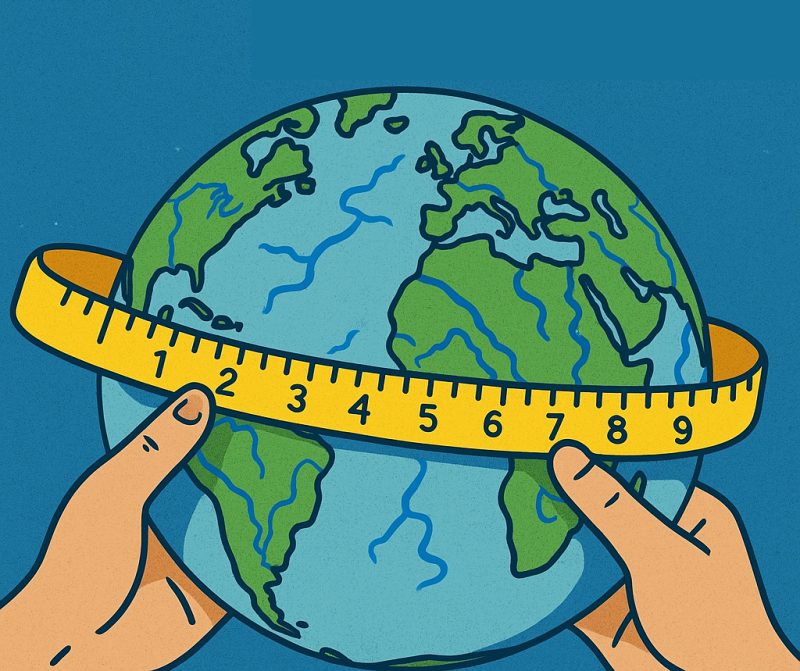
Take the Amazon, for example — some scientists argue that one of its remote tributaries in Peru should be considered the true source, which could make it longer than the Nile. Others disagree. As a result, these two mighty rivers have been battling it out for the “world’s longest” crown for decades.
In truth, more than 100 rivers on Earth likely stretch over 1,600 km (1,000 miles) — but the precise numbers depend on who’s measuring and how they’re doing it.
So while lists like this one give us a fascinating glimpse into the grandeur of Earth’s great waterways, they also remind us that rivers are wild, evolving, and not easily tamed by tape measures.
1. The Nile (Africa) — ~6,650 km (4,130 miles)
The Nile is more than a river; it’s a legend. Winding from the heart of Central Africa through deserts and ancient cities, the Nile has nurtured Egypt and Sudan for millennia. Its waters have seen pharaohs rise and fall, their stone relics still gazing over its banks.
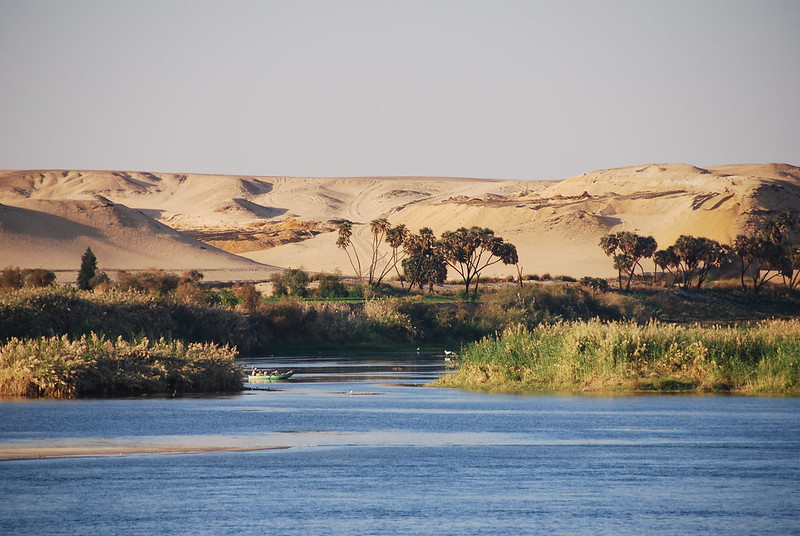
2. The Amazon (South America) — ~6,400 km (3,980 miles)
Lush, ferocious, and teeming with life, the Amazon is the mightiest river by volume and arguably the lifeblood of our planet’s richest rainforest. It courses through Brazil, Peru, and several neighboring countries — a wide, wild mystery cloaked in emerald green.
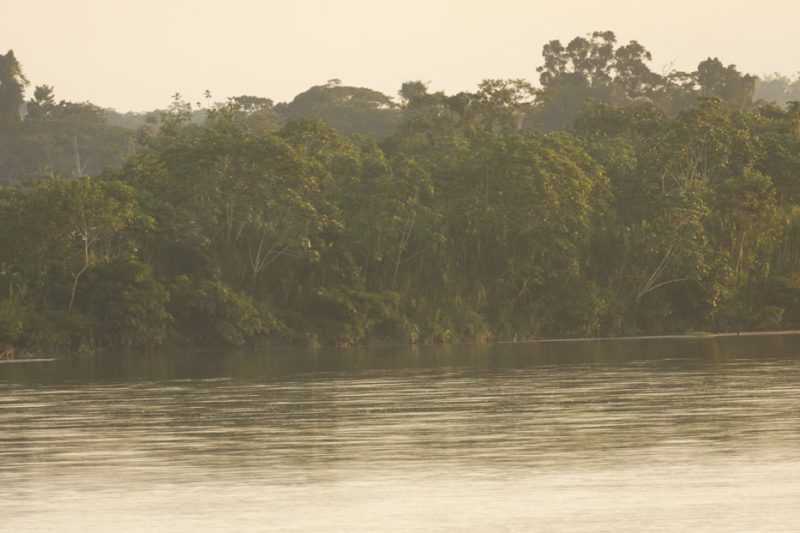
3. The Yangtze (China) — ~6,300 km (3,917 miles)
The longest river in Asia, the Yangtze has witnessed dynasties, built trade empires, and carried ancient myths along its powerful flow. It surges from the Tibetan Plateau to Shanghai, blending mountain majesty with human ingenuity along the way.
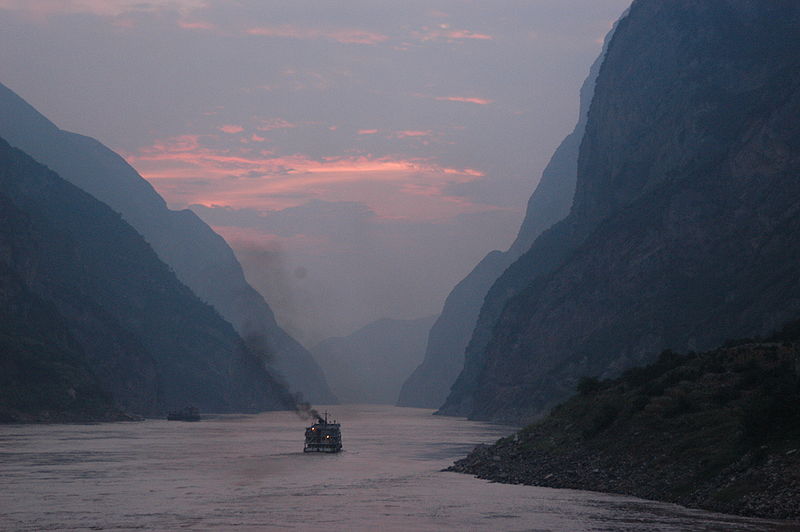
4. The Mississippi-Missouri River System (USA) — ~6,275 km (3,902 miles)
A confluence of legends, this North American giant carries stories of exploration, trade, and dreams. From the pristine wilds of Montana, the Missouri joins the Mississippi to tumble toward the Gulf of Mexico — a journey through the soul of America.
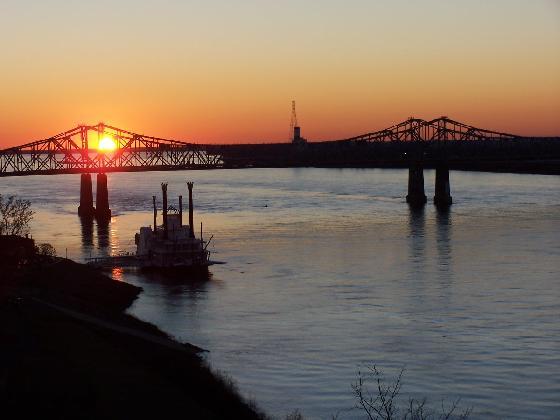
5. The Yenisei (Mongolia and Russia) — ~5,539 km (3,445 miles)
The Yenisei cuts a solemn path through Siberia’s frozen realms, gathering strength from glaciers and silent forests before surrendering to the Arctic Ocean. It’s a river of solitude, flowing through some of the Earth’s last untouched wildernesses.
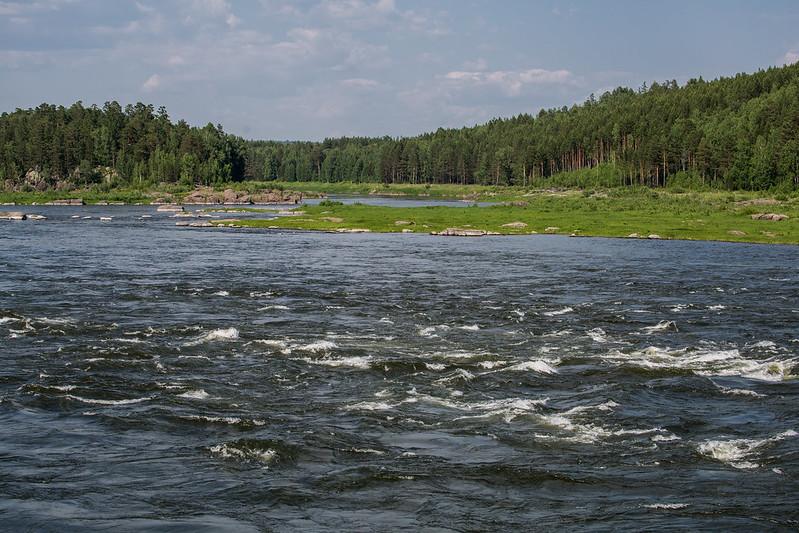
6. The Yellow River (China) — ~5,464 km (3,395 miles)
The Yellow River, or Huang He, is called the “Cradle of Chinese Civilization” — and rightly so. Its silt-laden waters have birthed dynasties but also wrought devastating floods. It’s a river that gives and takes in equal measure.
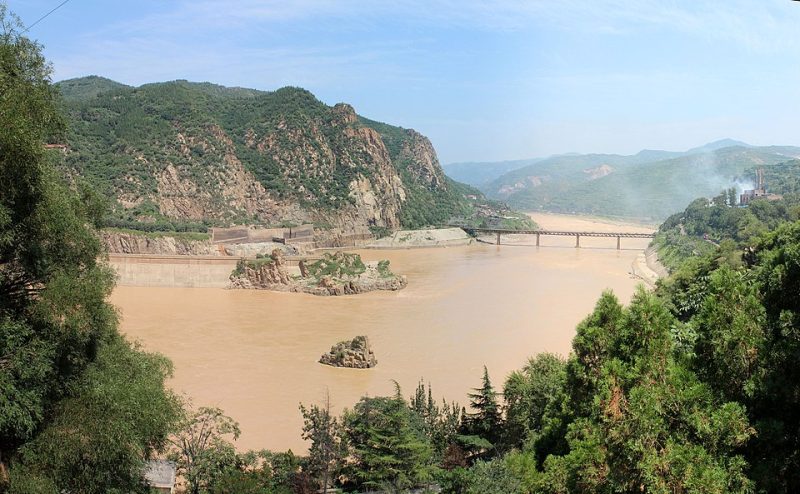
7. The Ob-Irtysh (Russia, Kazakhstan, China) — ~5,410 km (3,364 miles)
Another Arctic wanderer, the Ob and its tributary Irtysh weave an intricate dance across Siberia and Central Asia. This river system stitches together taiga, tundra, and steppe in a flowing tapestry of raw, northern beauty.
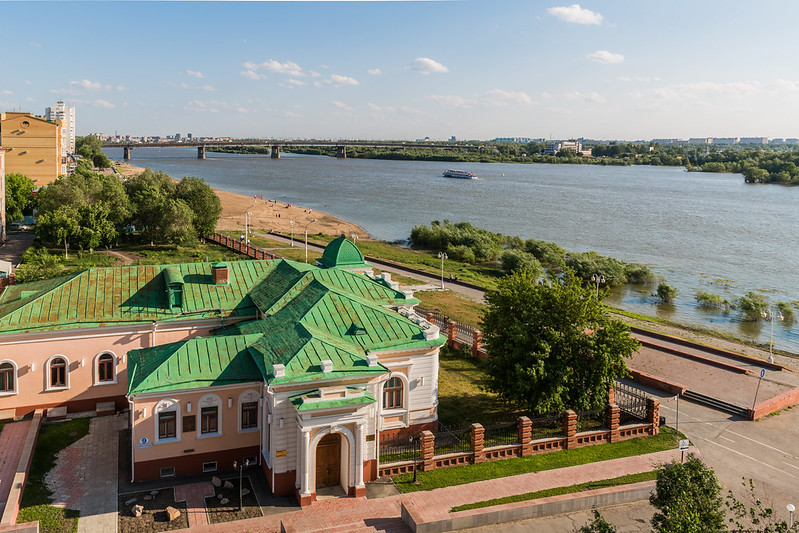
8. The Río de la Plata-Paraná River System (South America) — ~4,880 km (3,030 miles)
From Brazil’s rainforests to Argentina’s pampas, the Paraná and its siblings — culminating in the wide Río de la Plata estuary — connect a kaleidoscope of cultures, landscapes, and histories. It’s a slow, sinuous giant that shapes South America’s soul.

9. The Congo (Africa) — ~4,700 km (2,920 miles)
The Congo is darkness and light entwined — a river of staggering depth, second only to the Amazon in flow. It surges through impenetrable jungles, echoing with the sounds of wildlife and ancient drums, pulsing through Central Africa’s wild heart.
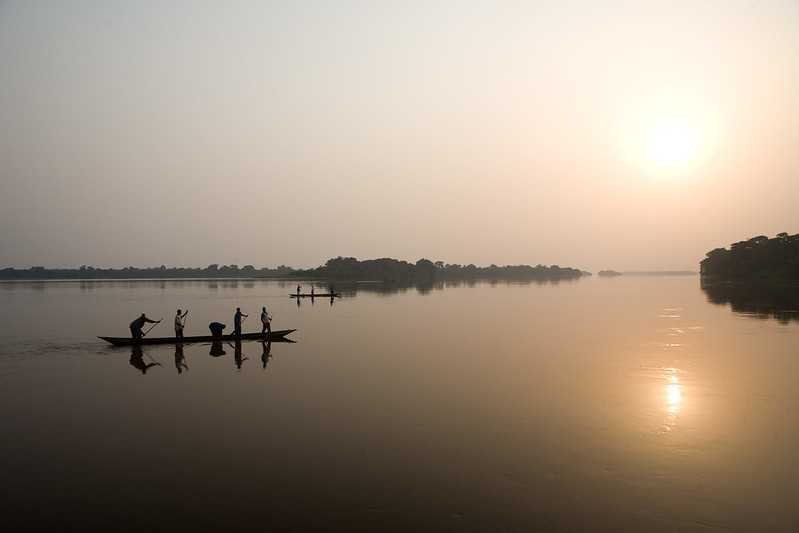
10. The Amur-Argun (Russia and China) — ~4,444 km (2,763 miles)
Less sung than its grander cousins, the Amur traces a boundary between Russia and China with a quiet grace. Its waters weave forests, marshlands, and forgotten villages into one continuous, whispering journey eastward to the Pacific.
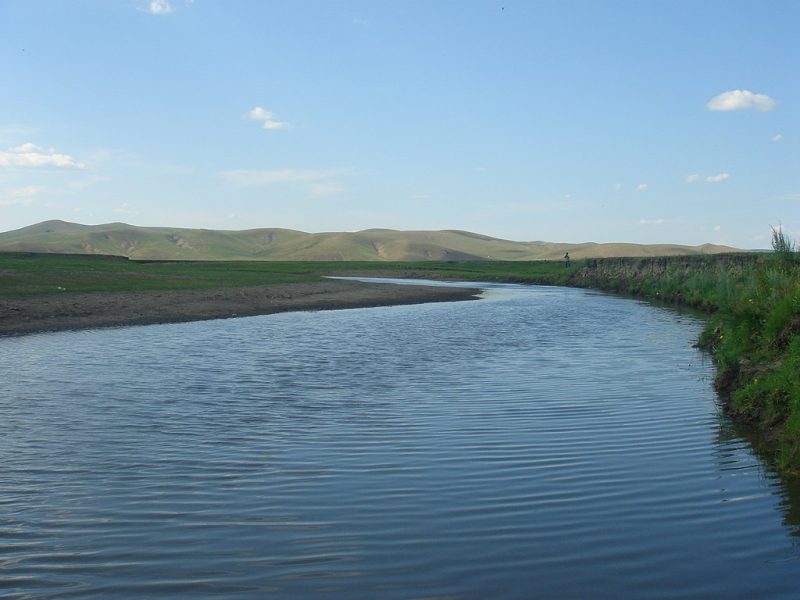
🌍 A Final Note:
Rivers are living stories, ever-changing, reshaping landscapes, cultures, and dreams. Measuring them is no easy task — depending on sources and seasonal changes, river lengths may vary. Some scholars even debate whether the Nile or the Amazon should claim the title of longest.
But one thing remains certain: wherever these mighty rivers run, they carry the soul of the Earth itself.



